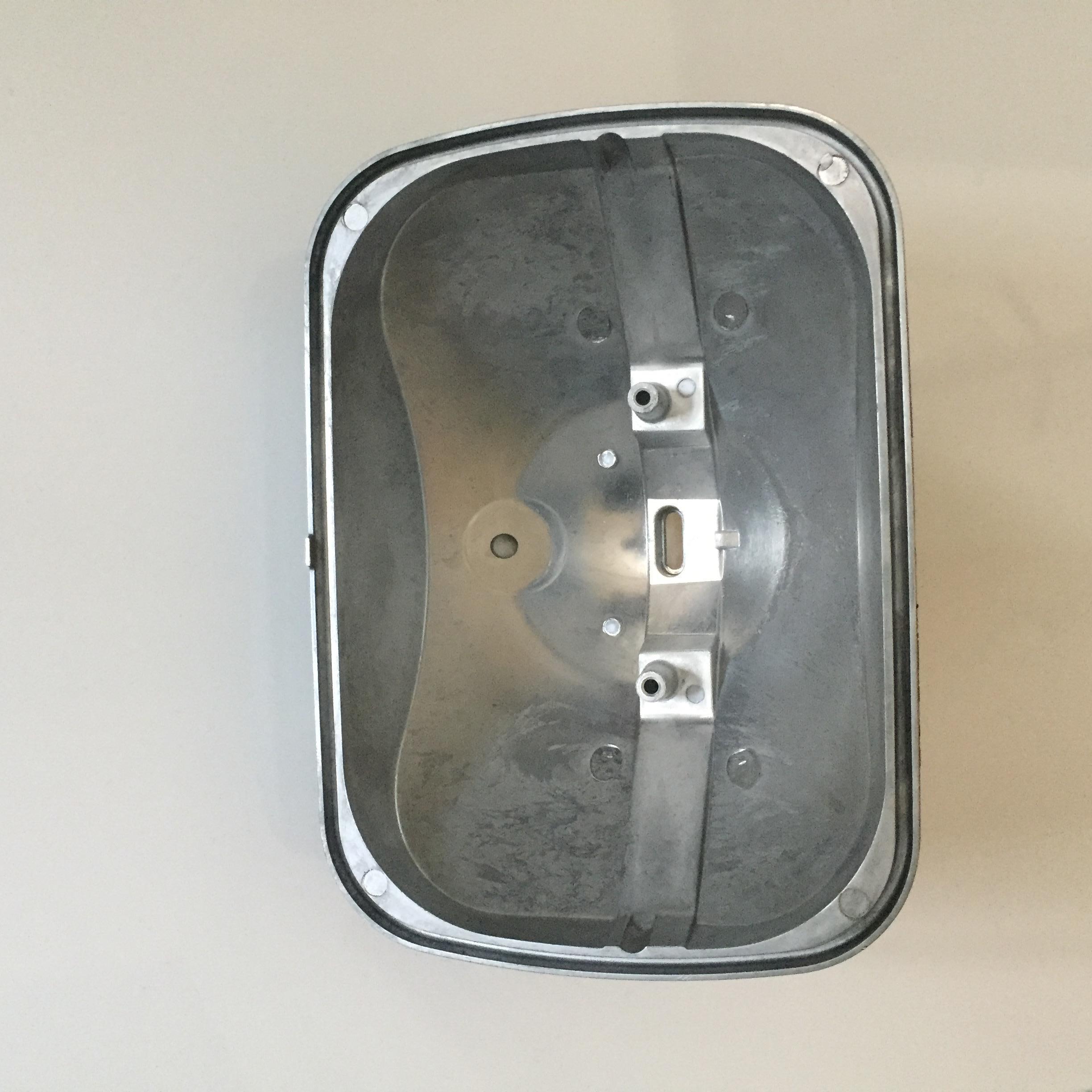Depending on production needs, there are a wide variety of casting and manufacturing options available. For those in purchasing and procurement, it’s not always clear which type of casting process is best suited for the project.
Die casting is one of the most popular choices. Simply put, die casting is a process wherein molten metal is forced under high pressure into a mold cavity, formed by two tool steel dies. Once the casting has solidified, the dies are opened and the part is ejected.
Die casting offers numerous advantages: it’s efficient, economical, and versatile. There are several key benefits to choosing die casting as a manufacturing process, which we’ve outlined below.
1. High Rate of Production
One of the main benefits of die casting is that it provides a high rate of production with little to no post-machining required.
Yet unlike many other mass production processes, die casting allows for complex shapes within close tolerances. Thousands of castings within specified tolerances can be produced before any additional tooling is needed.
For comparison, die castings are produced more rapidly and at higher rates than plastic injection moldings, permanent moldings, and screw machine products. They also require less machining than sand castings.
2. Dimensional Accuracy
Die casting also produces parts that are very dimensionally stable, within close dimensional tolerances - much more so than any other high-volume production process.
These parts also tend to be more durable, complex, and strong than those produced by plastics injection molding, permanent molding, or forging.
3. Strong Yet Lightweight
Because die castings are produced as one complex shape - rather than consisting of separate parts that have been welded or fastened together - they are extremely strong. Their strength can be measured by that of the material itself, rather than that of the weld.
That said, die castings can also be produced with much thinner walls than sand, permanent mold, or other types of castings. With the same dimensions, die castings have both thinner and stronger walls than these alternate castings.
4. Simple Assembly
Die castings typically do not require extensive assembly operations, leading to a more streamlined and simplified process. Unlike stampings, one die casting can often replace multiple parts.
The parts produced by die casting can include integral fastening elements, like studs and bosses. External threads can easily be cast, and nearly all holes can be cored and made to tap drill sizes without requiring new cores for each casting.
5. Customizable Finishing
Various finishing techniques are available for die castings. Die cast surfaces are naturally smoother than those produced with other forms of casting (like sand and permanent mold). However, they can also be produced in a wide variety of textured surfaces.
Additionally, die cast parts can be plated or finished with a minimal amount of surface preparation.
6. Cost-Effective at High Volumes
Die casting is a cost-effective option for high-volume production runs, when a large quantity of a part is needed. Because the part-to-part consistency of die casting is high, the process typically results in minimal waste, making it an economically sound option.
Additionally, because of the excess assembly and machining that is eliminated, money is often saved in the long run.
F.R. Burger & Associates provides engineering assistance, tooling design, processing alternatives, and material solutions through our certified suppliers of die castings. All materials are cast by a quality certified ISO or TS 16949 foundry.
For more information about die casting, please contact us by phone at 440.773.3486 or by email at brian@frburger.com.






